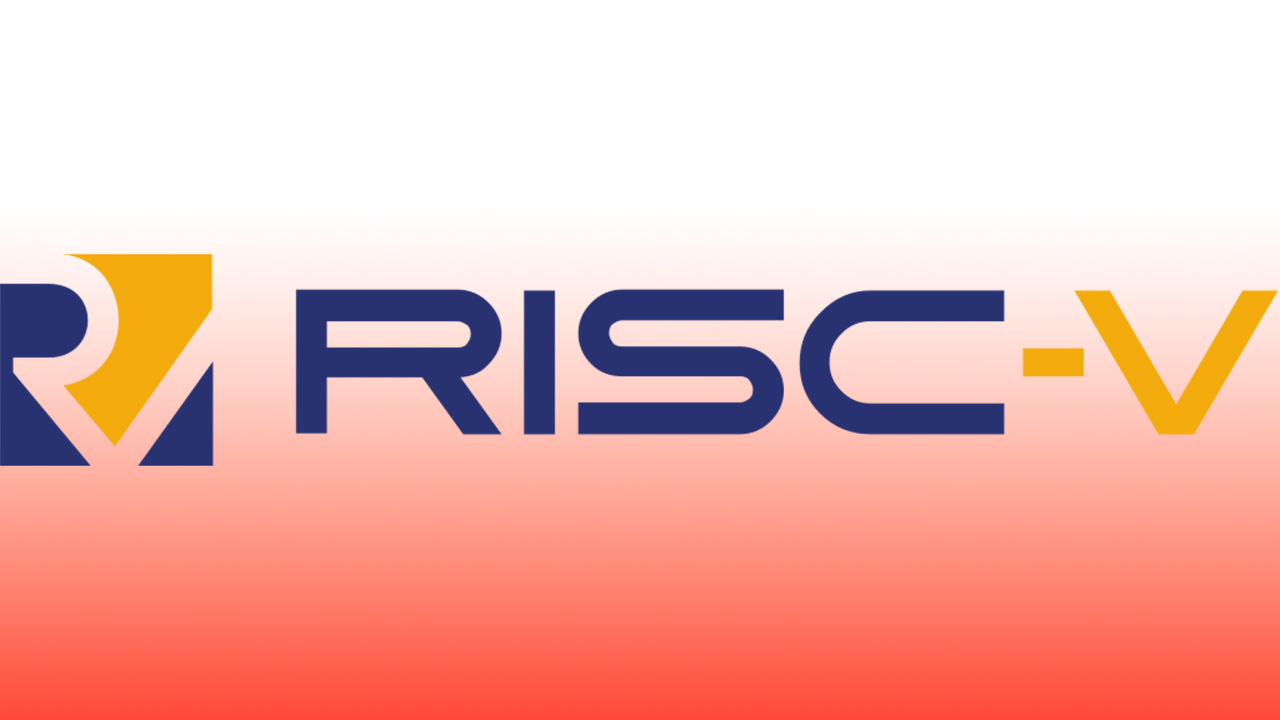
RISC-V chips are set to become a global powerhouse in the 2020s, with a market share of almost 25% by 2030, according to research by Omdia. The forecast outpaces even RISC-V International's own ambitious expectations from November.
RISC-V is an open-standard instruction set architecture (ISA) — the structure that tells CPUs how to interpret instructions, with alternatives being Arm or x86. RISC-V is unique in the chip world due to its open standard, allowing developers to use and even edit RISC-V to develop their own CPUs.
Between 2024 and 2030, Omdia expects RISC-V-based chip shipments to increase by 50% annually, reaching a peak of 17 billion chips shipped in 2030 alone. The largest industry for RISC-V will be industrial applications, set to make up 46% of sales, but the greatest growth will be in automotive, with an expected 66% growth in automotive annually.
"RISC-V has unique, desirable aspects for the automotive industry," says Edward Wilford, Senior Principal Analyst for IoT at Omdia. "You can own your design in RISC-V in a way that you simply can't with a licensed ISA, and in conversations in the industry, that's really highlighted as an important element." Bespoke use cases for RISC-V are how the ISA got a hold in the tech industry, with chips for IoT devices like smart fridges. The automotive world is excited for RISC-V not just for its customizability, but also for its ability to handle AI workloads.
Wilford chiefly highlights the continual growth of the nascent AI market as a contributor to RISC-V's success in the coming years. "RISC-V makes the most sense in novel applications, where a developer doesn't already have an existing Arm product in place. The rise of AI, the increase in use cases and capabilities, means a lot of new territory is being revealed and all of it has potential for RISC-V." This has already proven true for RISC-V, highlighted in this RISC-V microprocessor which can run CPU, GPU, and NPU workloads simultaneously on the same core.
Omdia's forecast is believable, based on today's RISC-V trends. Major players in the tech world like Google and Meta are investing in RISC-V to power their AI datacenters, and chip producers like Qualcomm are creating their own RISC-V chips for consumer use. Chinese manufacturers are already using RISC-V in consumer laptops, much to the chagrin of angry U.S. lawmakers who have determined that Chinese entities cannot be allowed to have any access to the international open standard.







